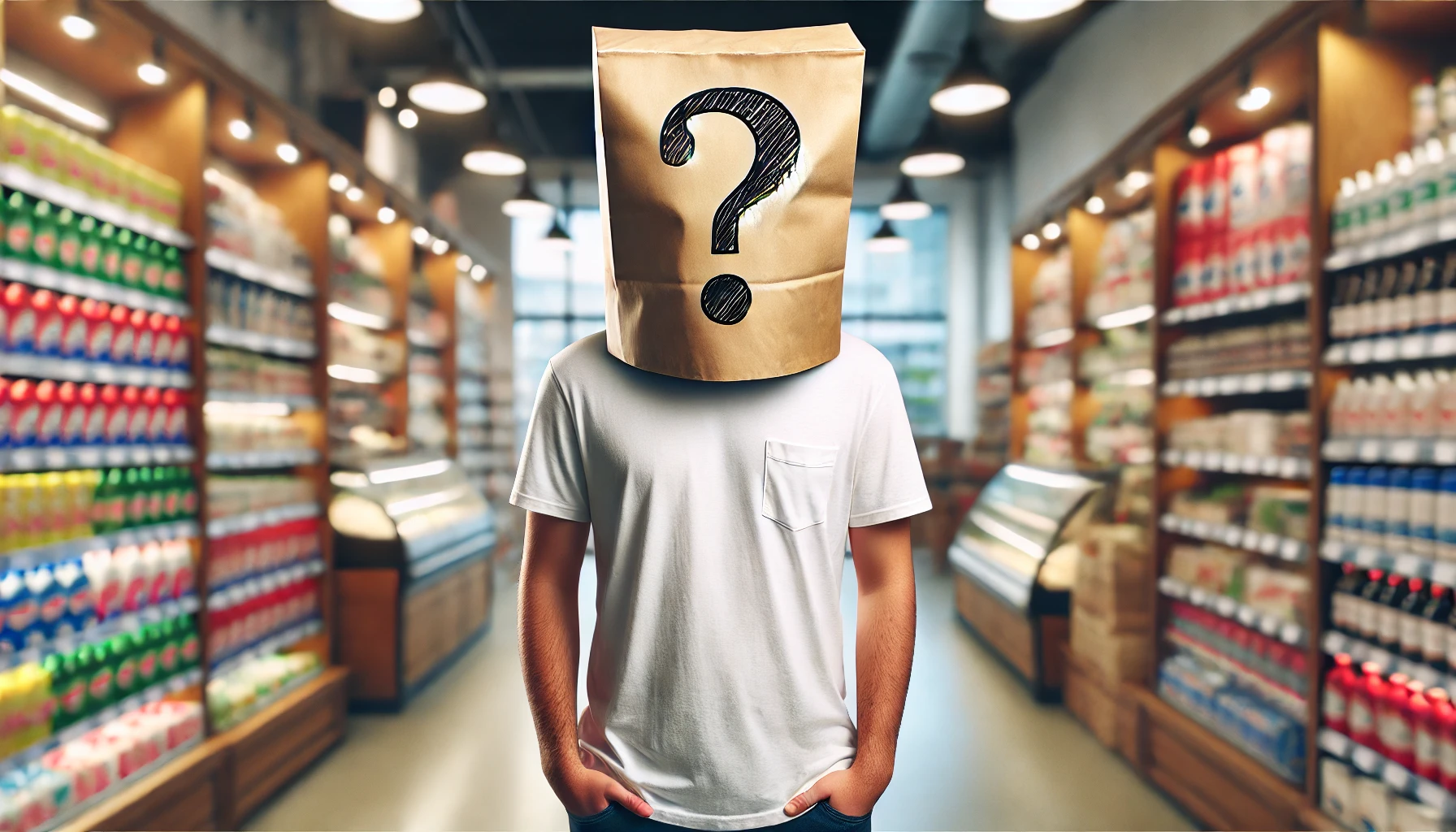At Brightlines, our philosophy is that a website encompasses diverse text, including technical, legal, creative, and medical content to name a few. Therefore, expecting a single individual to handle all types of translation is unrealistic.
In the realm of typical website translation, it’s not necessary to apply the same translation method to every page. When you approach us for a quotation, our focus will be on identifying the pages that are crucial for your business, such as the key product and sales pages, along with the Home and About Us pages.
These sections are the cornerstone of your online presence. Your marketing team has carefully crafted them to ensure the message and tone are right. It’s our job to ensure that this resonates with international audiences in their language, maintaining the integrity of your original content.
Other sections, like the Terms & Conditions, staff profiles or product pages, are often suitable for standard translation or in some cases, a combination of AI and human (Human in the Loop) translation. This hybrid approach involves an initial AI translation and a meticulous review and editing by our native-speaking professional translators in the respective regions. They are adept at identifying and correcting the occasional slip-ups that AI and machine translations might make, thereby safeguarding your brand from potential misunderstandings.
This strategy is cost-effective, enabling you to expand your translation efforts further, and it ensures that all your translated web pages authentically represent your brand, just like your original English website.
This method is a hallmark of the Brightlines Translation approach. We invite you to contact us if you’re interested in learning more about our services.
Continue reading for more detailed insights into the various website translation techniques, including the crucial technical aspects required for effectively translating your website.
Your website is the cornerstone of your online presence and should accurately represent your brand across global markets. How your carefully crafted content is translated and perceived in foreign markets can profoundly influence your reputation. Our website translation services have helped businesses thrive internationally, so we have created a guide with everything you need to consider when translating your website.
Different types of translation
There are three main types of website translation: standard translation, localisation and transcreation. A fourth form of translation – technical translation – is also available. When adapting your website for different audiences, the approach to translation is critical.
Standard translation
Standard translation refers to the direct transfer of text from one language to another, ensuring the translated content mirrors the original accurately and precisely, focusing on a clear, literal translation of the words as they are. It’s most suitable for straightforward content where the main goal is clarity—such as product descriptions, user manuals, and instructional materials.
Avoid standard translation when your content’s effectiveness hinges on cultural relevance and contextual understanding. This approach can miss cultural cues and local idioms, leading to misunderstandings or unintended messages.
Localisation
Localisation goes beyond standard translation by incorporating cultural insights and consumer preferences into the translation process. Translators will be combing for any phrases or expressions that don’t translate well word-for-word, or even worse, may cause offence.
This adaptation also extends to visual elements—adjusting colours, imagery, typography, and layout to align with local tastes and cultural symbols. An illustrative case is the varied perceptions of numbers in China: while ‘8’ is seen as fortuitous, ‘4’ is avoided due to its phonetic similarity to the word for ‘death’.
Localisation is crucial to position your brand for international success. It’s not just about language—it’s about creating a culturally relevant experience that resonates with the local audience. Engaging in localisation early in your expansion process can save time, avoid internal issues, and reduce costs.
Read our blog post for a deeper dive into how localisation differs from standard translation.
Transcreation
Transcreation is the art of culturally adapting a message from one language to another, ensuring the original intent, style, tone, and context remain intact. A copywriter working in the new language will capture the essence of your brand message and ensure it thrives within a new cultural landscape. This work takes a high degree of skill and we would always recommend using a professional website translation company. Read our complete guide to transcreation for an in-depth understanding of the pivotal role it plays in international branding.
To create effective marketing and advertising materials (e.g. brochures, flyers and banners) that will authentically resonate with a local audience, transcreation isn’t just beneficial, it’s necessary. For a more granular look into the ‘when’ and ‘why’ of transcreation, our blog post ‘transcreation: when exactly do you need it?’ offers further insights.
Technical translation
Technical translation stands apart from other translation forms, demanding linguistic expertise, a comprehensive grasp of the subject matter, and industry-specific jargon. Technical documentation can cover extensive subjects from scientific research, software development, engineering, or in-depth pharmaceutical literature, and requires a strictly neutral voice devoid of personal nuances or any hint of subjectivity. Mastering such an impersonal tone in the translated content demands unique expertise.
When your web page or document has intricate, sector-specific terms and notions (e.g. patents or user manuals), technical translation becomes indispensable. In such instances, engaging with a language service provider specialising in technical translation is imperative.
Hybrid approach to website translation
Websites have a wide range of content, including creative, descriptive, technical, and legal. Expecting a single translator, either human or machine, to be able to effectively handle all types of translation is unrealistic.
Exclusively using AI to translate a website will strip all the creativity and flair from your brand, and potentially result in cultural errors that can be costly. Similarly, solely employing a professional creative translator for all website content will likely break your budget.
Therefore, a hybrid approach to website translation is highly recommended. Knowing when to use standard translation and combining that work with transcreation is cost-effective, enabling you to ensure that all your translated web pages authentically and accurately represent your brand as well as your original English site. This strategy is a hallmark of the Brightlines Translation approach.
Translation technologies
Translation technology, often referred to a machine translation (MT) or AI translation, uses computer software and other tools to support the translation process, producing translated content without human intervention.
The quality of machine translation output varies depending on factors, including the type of content, the language pair and the MT engine used.
The difference between MT and AI translation
Although similar, there are some differences between MT and AI translations:
Machine translation refers to any computer-based method of translating text from one language to another. Traditional MT may use basic rules or statistical methods and often results in less natural translations.
AI translation uses artificial intelligence, specifically neural networks, to produce translations. It tends to be more fluent and accurate than machine translation, better capturing the nuances of language, but remains prone to linguistic and cultural errors.
Using MT or AI translation for website translation
AI translation uses advanced algorithms to process text rapidly. It’s a powerhouse for translating large volumes of content, particularly where the context is straightforward or technical. Businesses looking to translate substantial amounts of text quickly could certainly utilise this translation technology, but know that it often misses the mark on cultural relevance with strange grammar and vocabulary choices. We would always recommend asking a professional website translation company to edit and proof-read the translated copy to ensure accuracy.
In addition, using machine translation technology can have a negative impact on your SEO as search engines, like Google, penalise automatically generated translations because it knows the content is likely to be autogenerated, and therefore, less accurate.
Enhanced AI translations
Companies can choose whether to use raw machine translation (i.e. MT) or hire human translators to adapt and refine the output. The latter is called enhanced AI or machine translation post-editing (MTPE), and it can either be light or full.
Light MTPE
Light post-editing involved making minimal changes to the machine translated text, for example correcting grammatical errors, rewriting any confusing text, and removing any unnecessary translation.
Full MTPE
Full post-editing, as you might expect, is a more involved process. The translator must thoroughly check the entire translation to ensure it is correct in the target language. This includes checking for cultural references and idioms, making sure the content is fluent and stylistically accurate and changing syntax to fit the target language.
The result of a full enhanced AI translation should read as if it was translated from scratch by a human. As such, sometimes the cost, effort and time required for this type of translation is the same as starting with a human translator.
While MT/AI can provide a foundation in some cases, the discerning touch of a human translator is irreplaceable for ensuring content resonates on a personal and cultural level. Human expertise is indispensable when the content requires more than just understanding but deep engagement.
Translation plugins
Translation plugins are essential tools for WordPress sites, allowing you to offer your content in multiple languages. There are two primary kinds of WordPress translation plugins: automatic translation plugins and multilingual content management plugins.
Automation translation plugins
Commonly known as automatic or auto-translating WordPress plugins, they offer immediate machine translation of your site’s content. While they provide a swift and cost-effective solution, the translations often lack the quality a professional can offer. For more complex or specialised content, these plugins may struggle with accuracy.
Before using an automation translation plugin, you should consider engaging a translator or agency to revise auto-translated content. Depending on the size of your project, using a plugin may not actually be time- or cost-effective when human review and editing is often necessary.
Multilingual content management plugins
Such plugins let you handle and display translations sourced externally. WPML is a leading example, offering robust management of multilingual content. It simplifies creating a multilingual site and managing translations, and is compatible with most WordPress themes.
WPML supports translating all content types and integrates smoothly with WooCommerce for multilingual e-commerce sites. View the WPML demo video for more information.
Working with a WPML Translation Partner, like Brightlines, ensures a fluid translation process. Simply select the content to translate in the backend, and it is automatically sent to Brightlines. We then translate and push it back to your site. The process is handled smoothly and efficiently, delivering professional-grade translations directly to your site.
Layout and imagery
When translating your website into a new language, it’s not just the words you need to consider; page layouts, design and imagery have to adapt for international audiences as well.
Firstly, not all languages are read in the same way. Arabic and Urdu, for example are read right-to-left. This will affect the visual flow and placement of key content and navigation buttons.
Secondly, text expansion is a key consideration. English to French translations, for instance, may increase text length by 15-20%. Japanese characters may occupy more horizontal space, and some languages may require additional vertical space. Such variations can necessitate significant layout changes. As a result, you may need to adjust the design of your website to maintain the aesthetics of your multilingual websites.
Finally, using identical images across various cultural markets is a common pitfall. Imagery must be culturally sensitive, as colours and gestures carry different meanings across cultures. For instance, while a thumbs-up signals positivity in Britain, it can represent a number in countries like Germany and Japan.
The choice of images must be thoughtful, particularly for markets with strong cultural taboos. For websites targeting Arabic-speaking regions, images depicting alcohol or gambling should be avoided to prevent causing offence.
The significance of imagery in website translation is often underestimated, yet it’s crucial for international business success. Properly adapted imagery not only avoids cultural missteps but can also be a key factor in a business’ success or failure abroad.
For deeper insights on optimising your website’s visual elements for a global audience, explore our blog on managing space on multilingual websites.
Multilingual SEO
Launching a multilingual SEO strategy is essential for expanding your brand internationally. When integrating keywords, it’s vital to account for regional dialects and ensure they feel natural. People search in a way that reflects their speech patterns, not like robots. Therefore, it’s preferable to rely on human translators over automated tools, utilising their knowledge to compile an extensive list of relevant search terms in the target language.
Additionally, HTML elements need careful attention to avoid poor automatic translations, which can be off-putting and contravene major search engines’ guidelines.
How do I use multilingual SEO?
Begin by identifying the specific regions you want to target, as each has its own linguistic subtleties and dialects. Choosing to focus on a particular region, like North Mexico, might be more effective than targeting the entire Spanish-speaking population.
Once you’ve selected a region, consider whether you need a translation agency, like Brightlines, to conduct research and develop appropriate search terms, depending on your fluency and cultural understanding. These terms should be woven seamlessly into your website content, requiring minimal adjustments but yielding significant impacts on your site’s performance.
Hreflang
Hreflang tags are crucial for defining your web pages’ target audience based on language or country. They prevent search engines from viewing different versions of your site as duplicates and direct users to the most appropriate language version of your site.
For instance, if a German-speaking user searches for your site, Google will show your German page. Hreflang tags help search engines understand your page’s intended audience and language, providing alternative versions for different countries and languages and specifying a default language and country.
Implementing Hreflang can be done via HTTP headers, an XML sitemap, or an HTML link element in the header. Each method has its advantages and disadvantages, so it’s important to choose the one that aligns best with your website’s needs.
Multilingual URL and domain structure
For multilingual sites, there are different ways to structure your domain. Let’s explore some setup options to consider.
Country-specific domain
Example: www.yourbrand.fr
Best for SEO, they send the strongest signals to search engines about which country is being targeted. In the example above, the ‘.fr’ is a strong indication for France.
However, this method is the most expensive to maintain because it requires maintaining multiple domains and all the associated tasks. Typically, this option is preferred by larger brands with the resources capable of managing separate websites in multiple countries.
Subdomain
Example: www.fr.yourbrand.com
If you’ve already established a strong domain presence and prefer not to customise extensively for each country, subdomains, are an effective solution. Wikipedia, for instance, uses this approach, likely due to its immense content volume, making it easier to manage with country-specific subdomains. It also affords Search Console geo-targeting capabilities.
However, SEO can be negatively impacted, alongside the user experience of your site.
Subfolders
Example: www.yourbrand.com/fr/
For smaller companies with limited resources, subfolders are often the preferred choice. This involves a main ‘.com’ or ‘co.uk’ domain with country-specific subfolders, as exemplified by Dr Martens. This method is also a default in CMS platforms like Shopify.
Top tips for website translation
Translating a website effectively is a difficult task. We’ve put together a few useful tips to be mindful of before entering your translation project.
- Know the foreign market you’re targeting. Before jumping into translating your website for a new region, do your due diligence on the market you’re looking to enter to understand the strengths and weaknesses for your business.
- Work with an experienced translation agency with a strong track record. The website translation service provider you choose will manage the translation project so make sure you validate their reputation and previous results.
- Adhere to website translation best practices. This includes not relying on automated and standard translations without having some element of human edit, whether that is light, full or 100% human translation from the outset. Consider the technical setup of your website and multilingual SEO.
Engaging Brightlines
Brightlines is grounded in the philosophy that every brand should maintain its clarity and effectiveness across all languages, not solely in English. Our focus is on serving brands that prioritise excellence in communication. Whether it’s marketing materials or general translation needs, partnering with Brightlines ensures your brand’s message is conveyed accurately and effectively.
We invite you to contact us to learn more about Brightlines’ services. Our team is eager to assist, offering free advice to guide your translation journey. What do you have to lose by reaching out?







